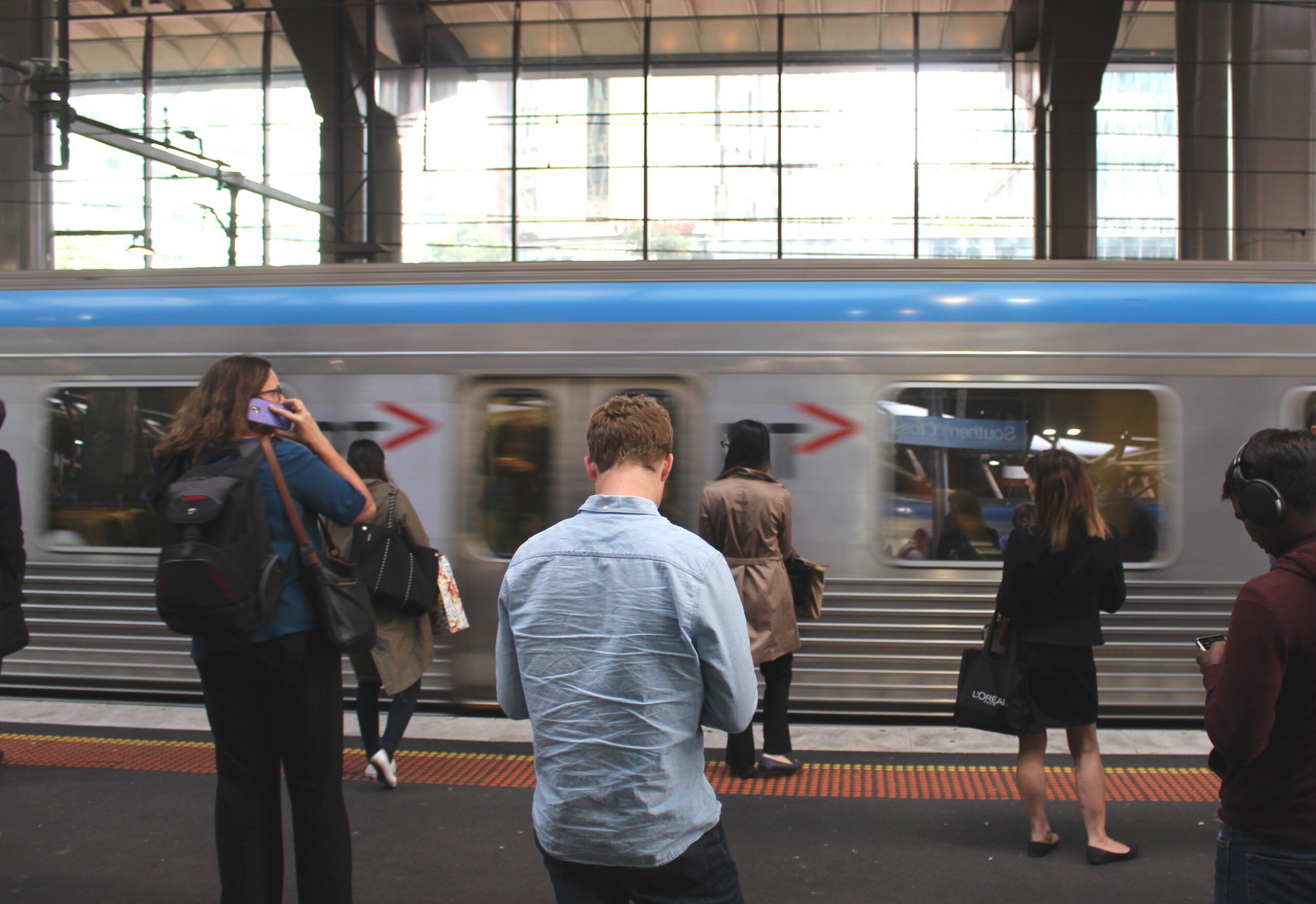 The Public Transport Users Association (PTUA) has welcomed new operators KDR (to trade as “Yarra Trams”) and MTM (“Metro”) to Melbourne, but warned that they with the government will have to work hard to improve public transport reliability.
The Public Transport Users Association (PTUA) has welcomed new operators KDR (to trade as “Yarra Trams”) and MTM (“Metro”) to Melbourne, but warned that they with the government will have to work hard to improve public transport reliability.
PTUA President Daniel Bowen said the companies had their work cut out for them. “It’s great to hear them making the right noises, but the proof will be in the pudding. The train system had big problems over summer and suffers greatly from over-crowding. The trams are getting slower and slower on our roads due to a lack of traffic light priority, and are also crowded at many times of day.
“The increased maintenance and upgrade to Comeng train air-conditioning is very welcome, and should help boost train service reliability.”
Mr Bowen said the government should publicly release the contracts immediately so that people could judge for themselves whether continued privatisation was good value-for-money.
“These contracts are worth billions, and should be fully disclosed, as there is still much that is still unknown about the new arrangements.
“It’s not clear how many new services will be provided, and when.
“It’s not clear how the tram operator intends to improve punctuality.
“It’s not clear which 22 stations will be upgraded to have staff, and whether those staff will be fulltime or during peak-hours only.
“It’s not clear how fare revenue will be split between the operators and the government, and whether the operators get the lion’s share if patronage continues to grow.
“And it’s not clear that the government will properly plan public transport and co-ordinate services so that buses, trains and trams meet properly at interchanges to form a single, cohesive network.”
Mr Bowen applauded the decision to keep the Yarra Trams name, noting that millions had been spent on rebranding both trains and trams repeatedly in the ten years since they were first privatised.
“As for the Metro name for the trains, if it’s to be called Metro, it should run like a Metro — with services running at least every 10 minutes, 7-days-a-week until midnight — which is possible on most of the network with the trains and infrastructure we have right now”, concluded Mr Bowen.

